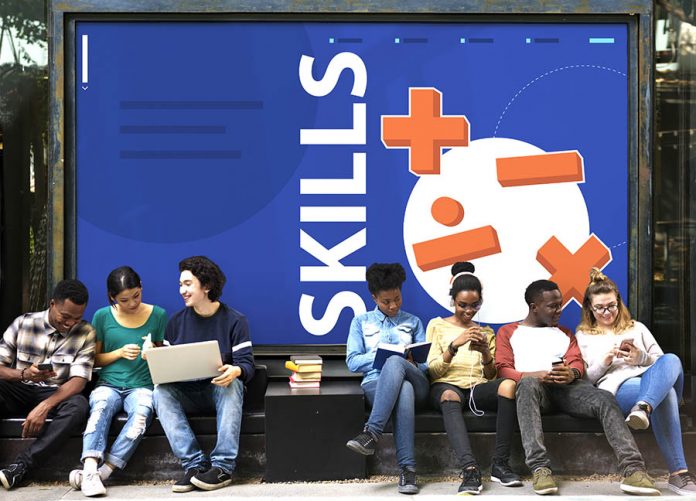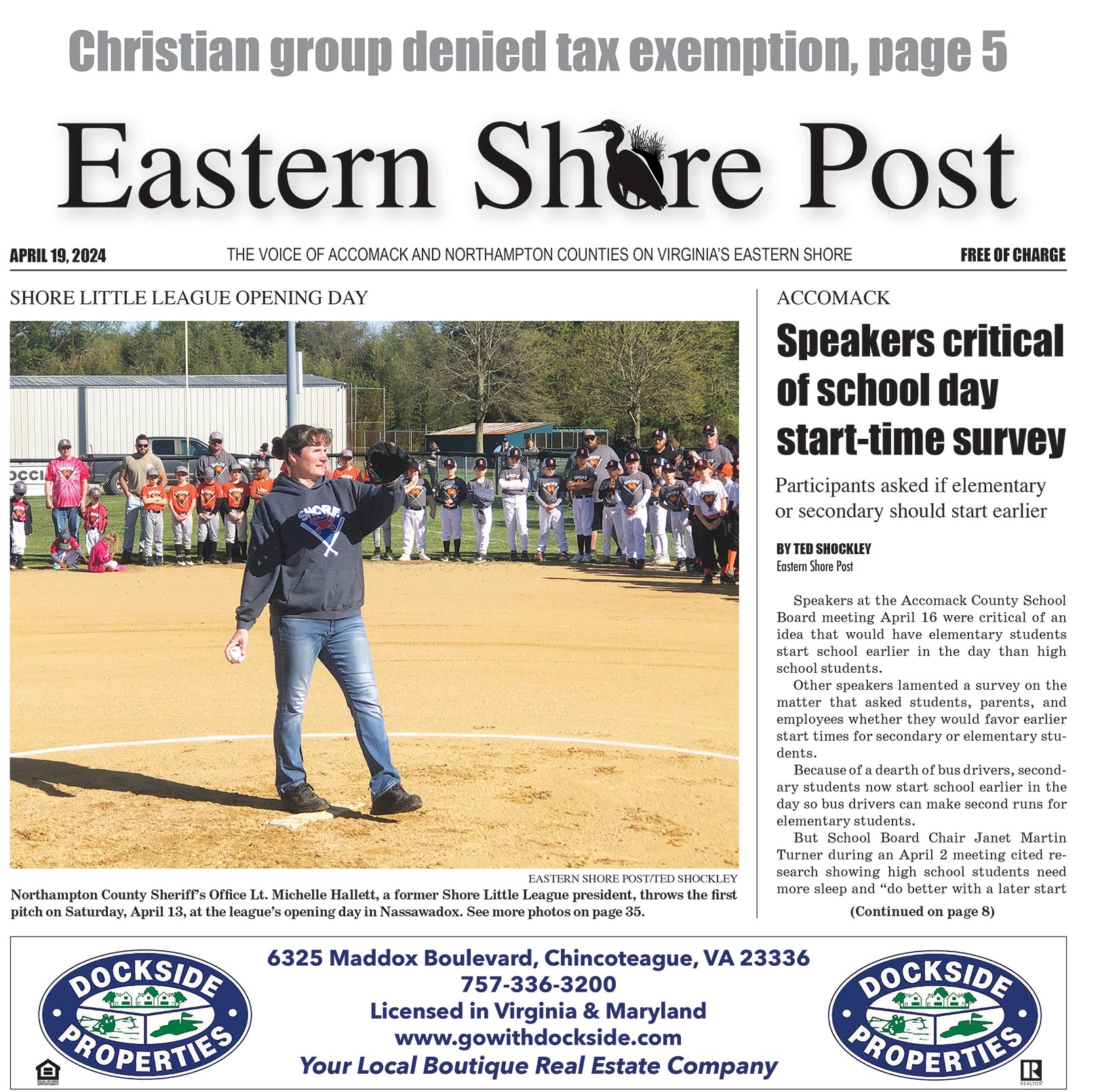By Stefanie Jackson – The Virginia Math Pathways Initiative (VMPI) is a collaboration of the Virginia Department of Education (VDOE), the State Council of Higher Education for Virginia, and Virginia’s Community Colleges to determine how K-12 public school math curriculums can be reimagined to better prepare students for success after high school, no matter which career they choose to pursue.
VDOE also wishes to address inequities among student groups in the math classroom.
For example, 82% of Virginia students passed the math Standards of Learning or SOL tests in 2019, including 94% of Asian students and 88% of White students but only 74% of Hispanic students and 70% of Black students.
Similarly, data from the 2017-2018 school year revealed that of all students taking developmental math courses in community college, 17% were Asian, 23% were White, 29% were Hispanic, and 41% were Black.
VDOE promotes the idea that “everyone is a math person” and each student can succeed in math when schools focus on teaching math concepts and tailoring course schedules to students’ individual abilities and career interests, not accelerating all students to advanced math courses that they may not need.
Less than 19% of students who take calculus I in high school take calculus II in college because it is often not required for the degrees they pursue.
Only 28% of college majors require calculus; 72% of majors require other math courses.
“Why, then, this race to calculus?” asked Tina Mazzacane, VDOE’s K-12 mathematics coordinator, during a VMPI online presentation March 23.
High school students, no matter what secondary education and career paths they pursue, should be able to take relevant math courses, including statistics, mathematical modeling, data science, and other types of technical math, she said.
The employment of statisticians and mathematicians is expected to grow an average of 33% from 2019 to 2029 – faster than all other occupations.
Learning and building on basic math concepts instead of studying subjects like algebra and geometry in isolation gives students “a better alignment of skills that make relevant connections, which allow students to have greater retention of the knowledge and ability to transfer the knowledge to new situations,” said Justin Maffei, a Warren County Public Schools educator who participated in a VMPI online presentation April 27.
“The content from Math 8, algebra I, geometry, and algebra II is not being eliminated by the VMPI, but rather the content of these isolated courses will be blended into a seamless progression of connected learning in the essential concept course sequence,” Mazzacane noted.
Math taught in grades eight, nine, and 10 would be three progressive levels of essential math concepts from algebra I, algebra II, and geometry. No math subject would be taught as a stand-alone course. For example, a ninth-grade math class might study elements of both algebra I and geometry.
A presentation slide showed grades eight, nine, and 10 being taught Essential Concepts I, II, and III, but it noted that those course names were for sample purposes only and school divisions may name their math courses to reflect the algebra I and II and geometry content taught.
“The Virginia Math Pathways Initiative also supports a curriculum that is rich and not rushed,” said Jennifer Allard, a Fairfax County Public Schools educator who participated in the March 23 online meeting.
Some students can accelerate to year-long studies of pre-calculus and calculus in grades 11 and 12, but others may take semester-long classes in trigonometry applications, geometry and design, math modeling, and financial modeling.
For example, an aspiring engineer will take calculus, but a future small business owner may be more interested in financial modeling.
The presenters emphasized that even though some junior and senior math classes would be more advanced than others, they would be equally rigorous.
The VMPI plan “drastically reduces the need for acceleration … but that’s without taking anything away from students – it’s deepening their knowledge and understanding and giving them opportunities to explore and problem-solve,” Allard said.
VMPI proposes K-12 math standards that shift away from basic calculations and routine math practice to reasoning, communication, conceptual connections, and real-world problem solving.
Ray Singletary, a Manassas County Public Schools educator who participated in the April 27 meeting, provided the following as an example of a “non-routine” math problem:
“The dimensions of a walk-in closet are six feet by four feet. The floor is to be tiled. Which tile do you select, what is the cost, and why did you select this option?”
The problem requires students to not just calculate, but to research tile shapes, sizes, quantities, and costs, and to think critically about which available options would work best.
One real-world question presents an opportunity “for our students to develop knowledge of area, perimeter, money, decimals, multiplication, addition, comparing numbers, while also providing access to sustaining inquiry and providing space for students to justify their decisions,” Singletary said.
Giving students “authentic tasks” to complete shows them how math is applied. The floor tile problem requires students to not only use math but evaluate information and make choices to find a solution.
With multiple paths to explore to find solutions, students become better problem-solvers and “begin to see themselves as capable learners,” Singletary said.
Giving students choices along the way provides “entry points for students at various levels of prior understanding,” he added.
This shift in focus from routine practice to real-world application of math encourages students to see themselves as “knowers and doers of mathematics,” empowering them and supporting their future success, the presentation stated.
The work of the Virginia Math Pathways Initiative is ongoing and the current Virginia Standards of Learning for math remain unchanged, the presenters emphasized.
VMPI expects to have recommendations ready for review by the Virginia Board of Education and Superintendent of Public Instruction in 2023, with full implementation of the recommendations by the 2025-2026 school year.



